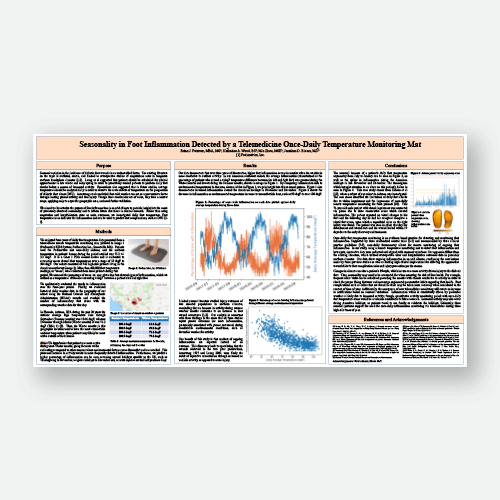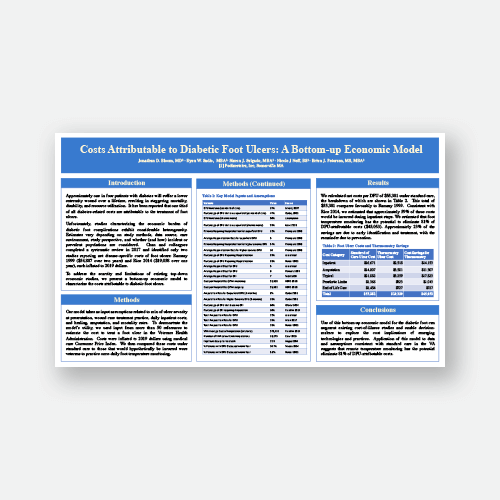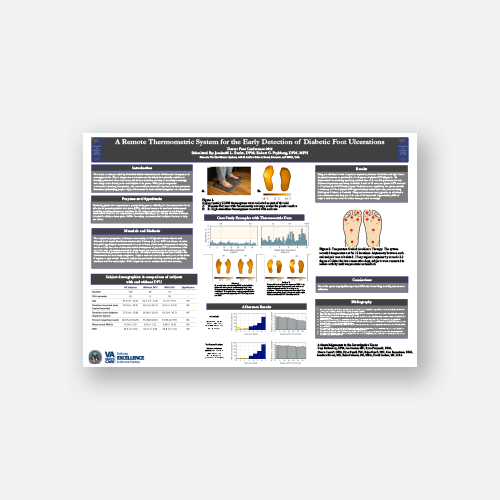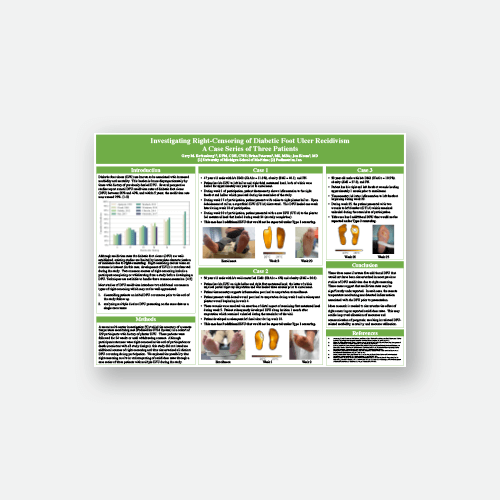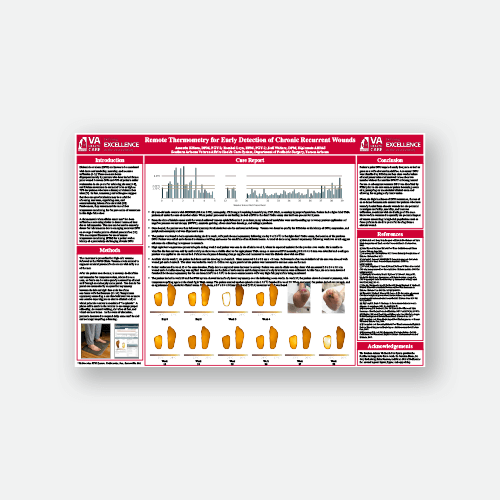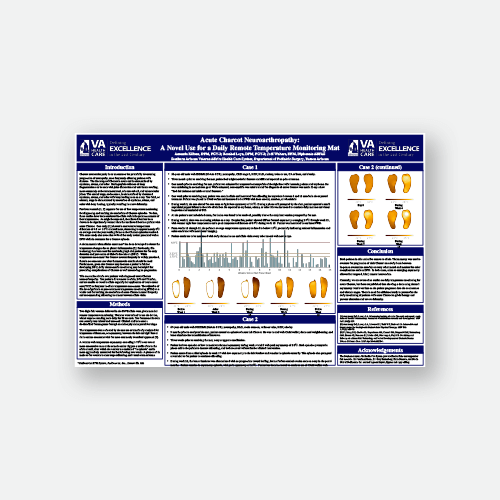Why is Remote Temperature Monitoring (RTM) effective?
- Study: Lower Resource Use with Temperature Monitoring
- Study: Remote Temperature Monitoring for Diabetic Foot: Research & Practice
- Study: Temperature Monitoring for Preventing Diabetic Foot Ulcer Recurrence
- Study: Skin Temperature Monitoring Reduces Diabetic Foot Ulcer Risk
- Study: Home Temperature Monitoring to Prevent Foot Ulcers
- Study: Remote Temperature Monitoring for Diabetic Foot Ulcer Detection
Why are diabetic foot ulcers (DFUs) a major problem?
Why is preventing amputations critical?
Clinical Guidelines & Best Practices
Podimetrics offers a virtual care solution designed to support key clinical guidelines, providing an evidence-based approach for early identification of foot inflammation in high-risk individuals living with diabetes. This proactive step helps prevent diabetic foot ulcers and their complications. Studies show that Podimetrics’ SmartMat™ program aligns with guideline recommendations, significantly reducing the risk of ulcers and amputations while helping lower healthcare costs.
Curious how it fits with the latest standards?
Explore the IWGDF Guidelines
Posters


Download Now






